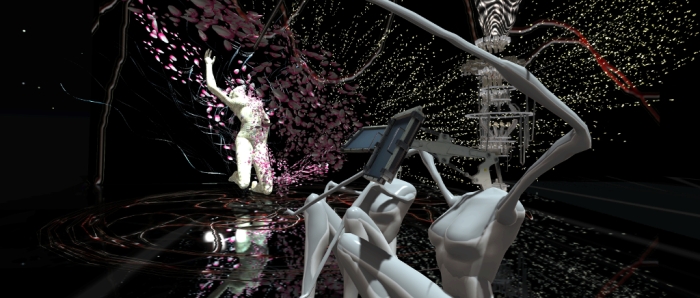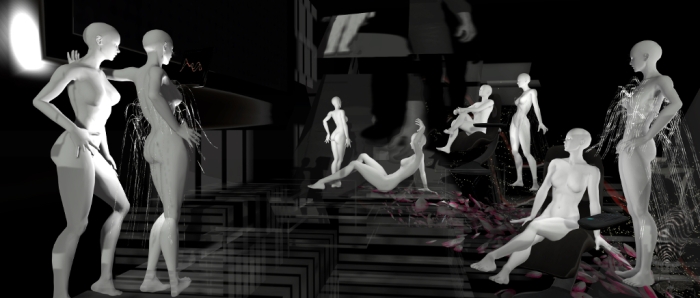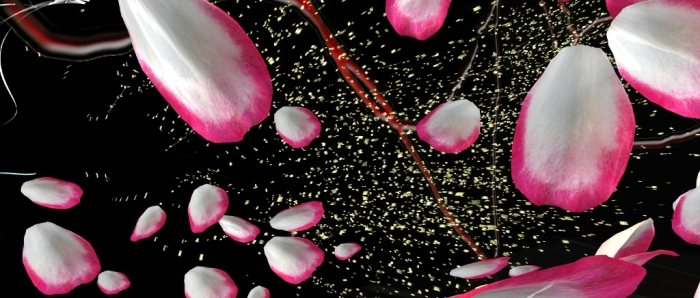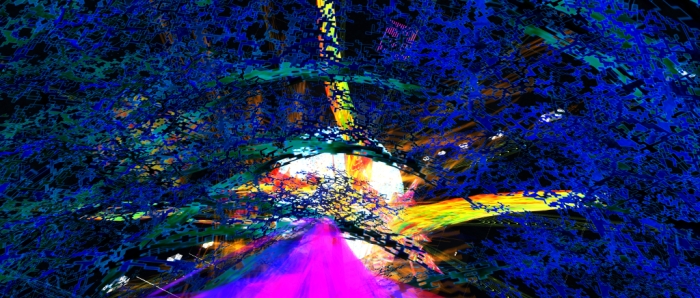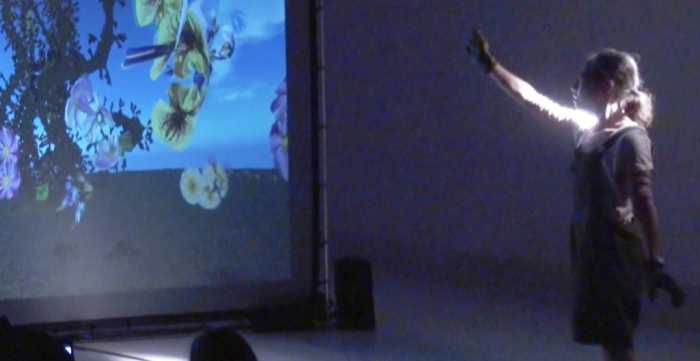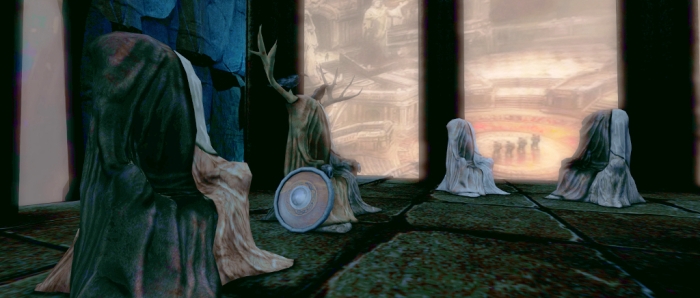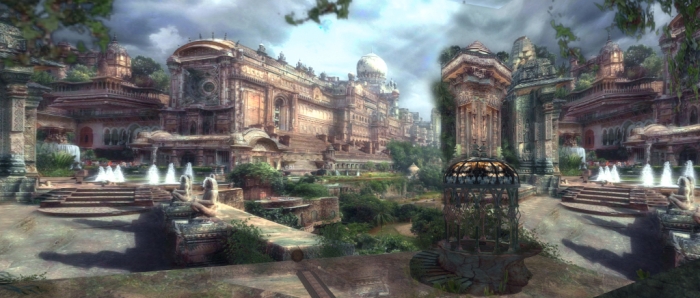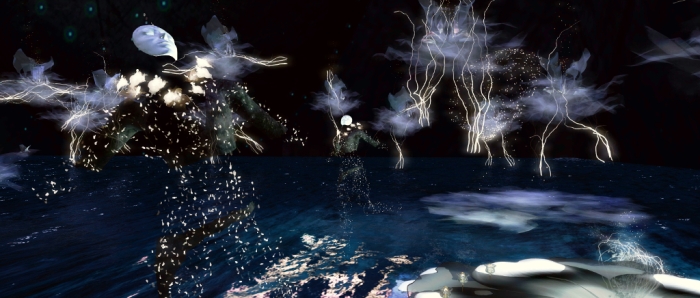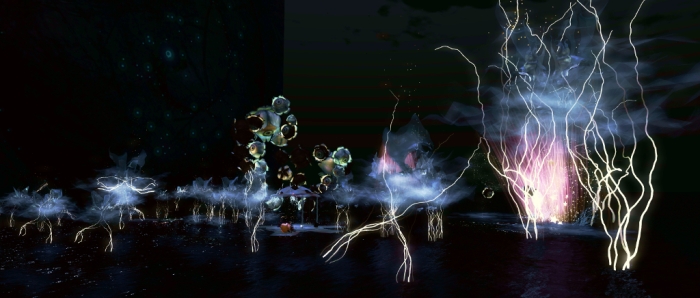
November 25th is International Day for the Elimination of Violence Against Women, and since 2010, the day has been marked in Second Life by the collaborative arts group, 2Lei.
They do so by bringing together artists, galleries, event organisers, musicians and speakers in a multi-faceted, art-centric season intended to focus on the levels of physical, sexual and psychological violence that are specifically directed towards women and girls around the globe, and raise awareness of the need to put an end to what is one of the most widespread, persistent and devastating human rights violations in our world today.
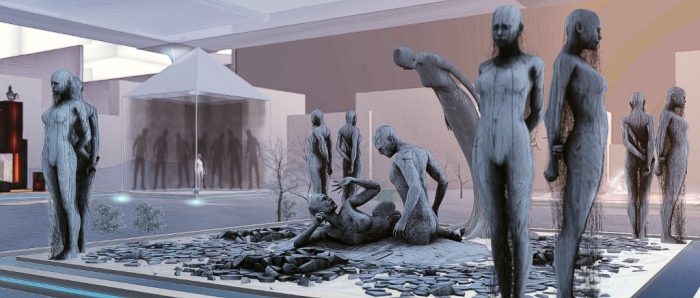
Some of the facts surrounding violence against women are horrifying:
- 1 in 3 women and girls experience physical or sexual violence in their lifetime, most frequently by an intimate partner.
- 1 in 2 women killed worldwide were killed by their partners or family in 2012; while only 1 out of 20 men were killed under similar circumstances.
- Only 52% of women married or in a union freely make their own decisions about sexual relations, contraceptive use and health care.
- Worldwide, almost 750 million women and girls alive today were married before their 18th birthday, and often in force / arranged marriages, including in countries such as the United States where between 2000 and 2010, more than 167,000 children — almost all of them girls, some as young 12 — were married in 38 states, mostly to men 18 or older
- While 200 million women and girls have undergone female genital mutilation (FGM).
- 71% of all human trafficking victims worldwide are women and girls, and 3 out of 4 of these women and girls are sexually exploited.
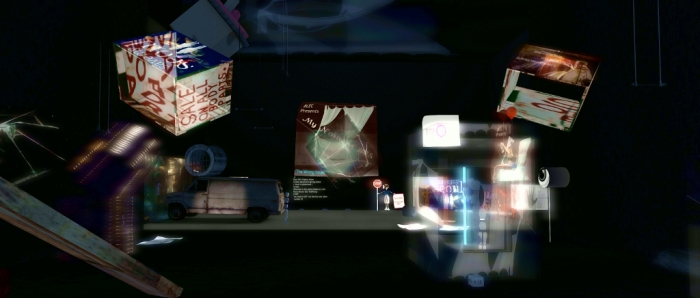
For 2018, 2Lei is presenting No Violence, an installation that brings together some 73 artists from across Second Life, as well as offering a range of daily presentations and music events, details of which can be found on the 2Lei blog, or via the note cards provided at the installation’s central landing point.
As with the 2017 event, No Violence is one of the more involved art installations I’ve visited in Second Life. The core of the installation is spread across three levels, starting at ground level in the region and connected by spiral staircases. In addition, teleport stones at the landing point provided access to My Name is #25 / A Wrong Party, by Storie’s Helendale (glitterprincess.destiny). Others may also involve teleport elements, so careful exploration is recommended.
Such is the size of this installation, and the message it contains, a single visit is perhaps not the most ideal way in which to appreciate all that is presented by No Violence. Simply put, there is a real risk of visual and / or emotional overload that could leave one numbed to the core message.

Hence the use of daily events, both presentations and musical. These allow visitors to break up time within the region over numerous days – not necessarily back-to-back – and perhaps focus their attention on two or three of the individual displays and installations at a time. And even if you’re not drawn the any of the live events, breaking your visit down in a similar manner may still help both with appreciation of the art offered within No Violence and it’s central, and important message.
Installations vary in form: some are static, some are interactive, several – such as My Name is #25 / A Wrong Party – are narrative in nature. Information plaques are placed with each, offering background and depth to pieces, as well as providing information on the artist responsible. Some, as with Betty Tureaud’s The Book Keeper Says, offer links to practical advice for those who may be the victims of violence and abuse (in this installation’s case, domestic violence / abuse).

No Violence will remain open through until the end of 2018, with the list of supporting events for December still apparently in development at the time of writing this review, so be sure to keep an eye on the 2Lei website, in-world group and other resources.
SLurl and Additional Links
- No Violence (LEA 4, rated: Moderate)
- 2Lei blog
- 2Lei on Facebook
